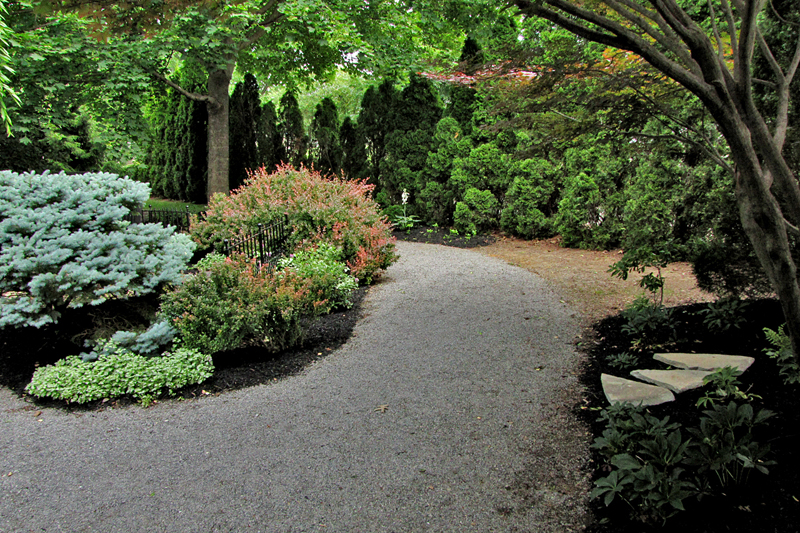As usual, I took my Sunday constitutional in the Dykeman Spring Nature Park this morning, taking in more Midsummer sights. After the leftovers from Tropical Storm Cindy moved through here Friday evening and Saturday morning dumping ton of rain on us, the weather has turned cooler and drier, perfect weather for outdoor activities. And one of the more important of those activities is the midsummer haying.
Yup, Wade Asper has his old Case tractor fired up and today he was about halfway through the first haying. As is usual when both of us are up on the meadow at the same time, he turned off the tractor for a conversation. And also as usual, his first question to me was "What wildlife have you seen today?" Wade is a man with a passion for nature, and we always discuss what we've been seeing lately. He's very protective of the wildlife in these parts, always waiting to do his haying well after the sun is up so that whatever deer might have been sleeping in the deep grass overnight are up and moving off for the day, watching out for groundhogs and rabbits and turkeys (and the four feral cats who live up on the meadow), and in general managing the land for the benefit of both humans and wildlife. Today we were discussing Coyotes, because I kept finding Coyote scat on the meadow trails all Winter and I wanted to know if he'd heard or seen any. We spent an hour discussing local wildlife and local history (he's a collector of Native American and Civil War artifacts that can be found scattered around in these parts), and soon enough it was time for him to get back to haying and me to get down the hill for lunch.
So here are some scenes of Midsummer caught today. Enjoy!
 |
| The creek from the red bridge |
 |
| Reflections on the north pond |
 |
| A view of Timber Hill from the meadow |
 |
| A Common Buckeye butterfly up on the meadow |
 |
| Wade on his old Case tractor cutting hay |
© 2017 by A. Roy Hilbinger























































































